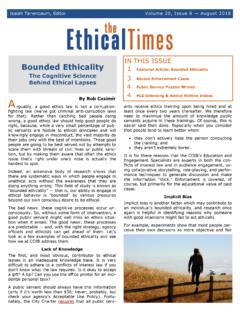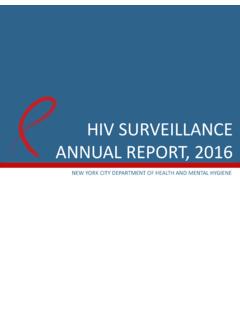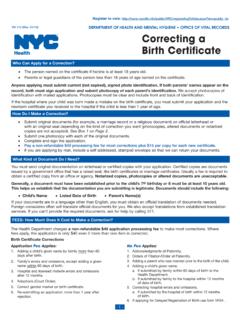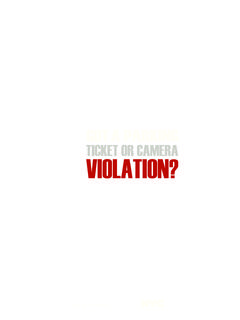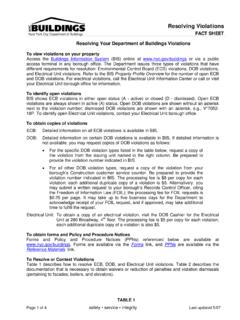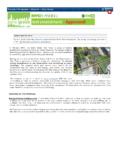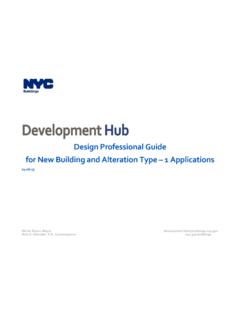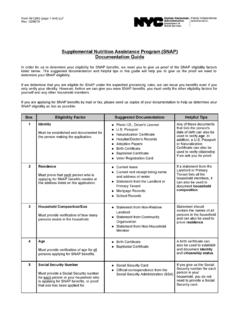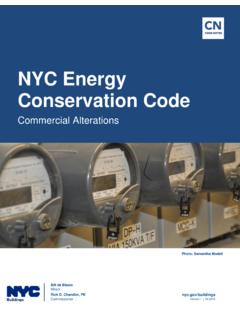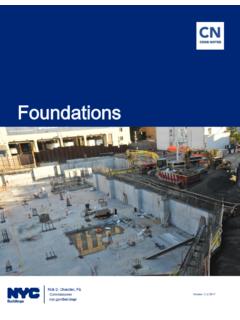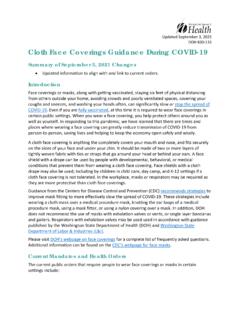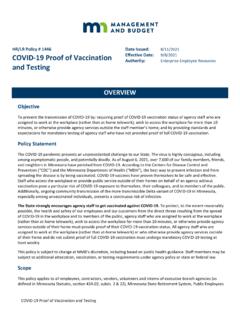Transcription of COVID-19 Face Masks: Frequently Asked Questions
1 1 COVID-19 Face Masks: Frequently Asked Questions Face masks are critical to stopping the spread of COVID-19 . Everyone, vaccinated or not, should wear a mask whenever they are in a public indoor setting or crowded outdoor setting. Masks should also be considered at private gatherings and sometimes at home. People at increased risk of exposure or of developing severe COVID-19 should consider wearing a higher-grade mask. What is a mask and how does it work? A mask is a well-secured cloth or disposable covering that covers both your nose and mouth. Masks: Protect the wearer by reducing their exposure to respiratory particles that may contain the virus that causes COVID-19 .
2 Protect others by reducing the amount of respiratory particles that enter the air when someone with COVID-19 coughs, sneezes, talks or breathes. Why do people who are fully vaccinated * still need to wear masks sometimes? COVID-19 vaccines are very effective at preventing symptoms, severe illness, hospitalization and death from COVID-19 . However, it is possible to get and spread COVID-19 even if fully vaccinated , especially with more contagious variants of the virus. Masks help protect the wearer and help prevent people including those without symptoms who don t know they are sick from spreading the virus to others.
3 *Fully vaccinated means two weeks after receiving a single-dose vaccine or the second dose of a two-dose vaccine. When to Wear a Mask Who must wear a mask and where? Everyone over age 2 who can medically tolerate a mask must wear one in some settings. Everyone, vaccinated or not, must wear a mask: When riding public transportation (including taxis and car services) When in a school When in a health care setting In certain group residential facilities, such as nursing homes and homeless shelters When in a store, restaurant or other public space where the owner or operator requires masks At work, if required by your employer In addition, if you are unvaccinated, you must wear a mask whenever you are in a public space, indoors or outdoors.
4 We strongly recommend everyone, vaccinated or not, wear a mask: In public indoor settings, even when it is not required In crowded outdoor settings At private gatherings if someone is not vaccinated or is at high risk for severe COVID-19 2 If they or someone they are in close contact with has recently tested positive for COVID-19 , has symptoms of COVID-19 or was exposed to someone with COVID-19 If you have a condition or are taking medicines that weaken your immune system, you may not be protected, even if you are fully vaccinated . Continue to take all precautions recommended for people who are unvaccinated, including wearing a mask, until advised otherwise by your health care provider.
5 When should I wear a mask while at home? Wear a mask while at home: If you live with others and are sick, recently tested positive for COVID-19 or were recently exposed to someone with COVID-19 (unless you are alone in a separate room). You should also wear a mask when around pets, because people can spread COVID-19 to their pets. If someone else in your household is sick, recently tested positive for COVID-19 or was recently exposed to someone with COVID-19 (unless you are in a separate room from them). You should also consider wearing a mask when people visit your home, if you or any visitors are unvaccinated or at high risk for severe COVID-19 .
6 Ask your visitors to wear masks, too. What if I live in group housing with shared facilities? If you live in a facility that has shared kitchens, bathrooms or other common spaces, wear a mask when you leave your apartment or room. The facility may require masks in shared spaces, even if you are fully vaccinated . Do children need to wear a mask? Children over age 2 must wear a mask in the same places adults must wear them, including school. Masks and respirators should not be worn by children younger than age 2. For young children, try to find a smaller mask or one made for children. If you cannot find one, shorten or adjust mask straps to make sure the mask fits snugly and does not block their vision.
7 Small children are more likely to touch their mask, so wash children s hands or apply hand sanitizer often. Schools and child care programs have special mask requirements. Check with your child s school or program. I had COVID-19 and am better now. Do I still need to wear a mask? Yes. The recommendations and requirements for wearing a mask apply even if you had COVID-19 . It is possible to get COVID-19 again. How to Choose, Wear and Care for a Mask What types of masks are effective? When selecting a mask, consider the following: 3 Make sure the mask fits snugly against the sides of your face and fully covers both your nose and mouth without slipping.
8 Do not use a mask with an exhalation valve, as it allows unfiltered exhaled air to escape. Use a mask that has multiple layers of material to better prevent unfiltered air from passing through. Cloth masks should be made of tightly woven, breathable fabric (fabrics that do not let light pass through when held up to a light source), such as cotton. Disposable masks, such as medical procedure or surgical masks, should be made of multiple layers of non-woven material, such polypropylene. In some situations, you may choose to wear a higher-grade mask, called a respirator (such as an N95 respirator), which can better filter air when worn correctly.
9 For more information, visit and search for Guide to Masks. How do I choose the type of mask to wear in different situations? Not all masks provide the same amount of protection. The type of mask you choose to wear may vary based on the setting, your individual health risks and the health risks of those around you. In higher risk situations, you may choose to wear a respirator or wear a cloth mask over a disposable mask. People who should consider wearing a mask or respirator that provides better protection include: People who are not fully vaccinated People who are immunocompromised, even if fully vaccinated Older adults or people who have an underlying medical condition that increases their risk of severe COVID-19 , especially if not fully vaccinated People who live with or are visiting someone who is in one of the above groups People who may be at higher risk of exposure to someone with COVID-19 , especially if they are in one of the above groups (see examples of higher risk situations below)
10 People who are sick with COVID-19 , have symptoms of COVID-19 or were recently exposed to someone with COVID-19 Situations where you may be at higher risk of exposure to someone with COVID-19 include: Working at a job that involves interacting with many people at close distances, especially where people may not be wearing masks correctly (such as bus driver, grocery store worker or restaurant worker) Taking care of or being around someone who is sick with COVID-19 , has symptoms of COVID-19 or was recently exposed to someone with COVID-19 Attending a large event or gathering Riding planes, buses, trains or other forms of public transportation, especially if they are crowded or for longer periods of time How can I improve the fit of my mask?
